Circuit Description
The engine control module (ECM) monitors engine operating conditions, including the reading of rail fuel pressure, and changes the flow command to either increase (OPEN the fuel pump actuator) or decrease (CLOSE the fuel pump actuator) the fuel supply to the high-pressure pump.
Component Location
The fuel pump actuator is installed on the high-pressure fuel pump. The high-pressure relief valve is located on the fuel rail.
Conditions for Running the Diagnostics
This diagnostic runs continuously when the engine is operating.
Conditions for Setting the Fault Codes
The ECM has verified that the fuel rail pressure has exceeded the fuel pressure relief valve limiting pressure, and the fuel pressure relief valve opened.
Action Taken When the Fault Code is Active
-The ECM illuminates the amber CHECK ENGINE lamp and/or the malfunction indicator lamp (MIL) immediately when the diagnostic runs and fails.
-Possible engine torque derate.
Conditions for Clearing the Fault Code
-To validate the repair, start the engine and let it idle for 1 minute.
-The ECM will turn off the amber CHECK ENGINE lamp immediately after the diagnostic runs and passes.
-The ECM will turn off the MIL after 3 consecutive ignition cycles that the diagnostic runs and passes.
-This fault code and MIL can also be cleared with INSITE™ electronic service tool.
Shop Talk
In normal engine operation, the ECM calibration varies the flow commanded to the fuel pump actuator to achieve the correct fuel rail pressure. System malfunctions that cause loss of pressure control can cause the fuel rail pressure relief valve to open. The fuel rail pressure relief valve acts to protect the high-pressure components from over-pressurization. If the ECM detects that the fuel rail pressure relief valve is open without detection of a fuel pump actuator circuit error, Fault Code 1911 will become active. On certain applications, the ECM will attempt to reset automatically, causing a momentary loss of power (less than 1 second).
Possible Causes
-Purging air through the fuel system can cause a pressure overshoot, and cause Fault Code 1911 to log. A few bubbles exiting the line during the air in fuel test is expected. A foamy appearance is an indication of a leak that allows air to enter, a severe inlet restriction that causes cavitation, or a system that is not yet primed
-Sustained periods of very low pressure under load, followed by pressure recovery overshoot. This can be caused by high restriction due to plugged filters (Fault Code 559 and 2372).
-A tampered fuel pressure sensor that reads low, a biased pressure sensor, or a poor electrical connection.
-If an intermittent electrical circuit problem with the fuel pump actuator circuit exists, it is possible for Fault Code 1911 to become active, then inactive during normal engine operation. ECM Fault Code 2311 is designed to detect electrical circuit issues with the actuator. Therefore, it is only necessary to inspect for bad connectors or harness issues for Fault Code 1911 if no other fault codes exist. An electric fuel control actuator with excessive leakage will result in high rail fuel pressures at idle or light load.
-Other conditions include large disturbances of system voltages. These may be caused by the following examples: ECM wiring harness issues, poor grounds, electrical noise, irregular alternator output, poor grounding of hybrid power generator systems, battery voltage spikes as when jump starting or activating a large electrical load.
-The fuel rail pressure sensor should also be checked. When checking the fuel rail pressure sensor accuracy, make sure the high-pressure fuel rail is not pressurized. -The fuel pump, high-pressure fuel lines, and fuel rail contain very high-pressure fuel. Do not loosen any fittings while the engine is running. Wait at least 10 minutes after shutting down the engine before loosening any fittings in the high-pressure fuel system to allow pressure to decrease to a lower level. There could be a significant amount of time waiting on the rail to depressurize to zero on some engines. In such cases, it may be necessary to manually relieve the pressure from the high-pressure fuel rail.


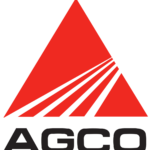 AGCO
AGCO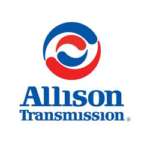 ALLISON
ALLISON BENDIX
BENDIX BOBCAT
BOBCAT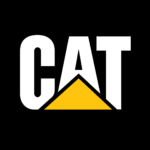 CAT
CAT CLAAS
CLAAS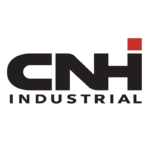 CNH
CNH DAF
DAF DETROIT
DETROIT EATON
EATON FREIGHTLINER
FREIGHTLINER HINO
HINO HITACHI
HITACHI ISUZU
ISUZU JCB
JCB JOHN DEERE
JOHN DEERE JPRO
JPRO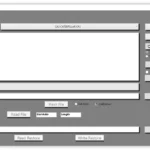 MAGIC TUNER
MAGIC TUNER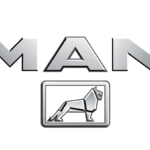 MAN
MAN Navistar
Navistar PACCAR
PACCAR PERKINS
PERKINS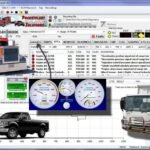 PF DIAGNOSE
PF DIAGNOSE PSI POWERLINK
PSI POWERLINK RENAULT
RENAULT SCANIA
SCANIA THERMO KING
THERMO KING UD NISSAN
UD NISSAN VOLVO
VOLVO WABCO
WABCO ZF TESTMAN
ZF TESTMAN
 BELL
BELL BENDIX
BENDIX BOBCAT
BOBCAT CARRIE
CARRIE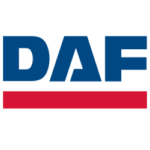 DAF
DAF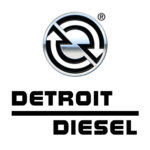 DETROIT
DETROIT EATON
EATON FUSO
FUSO MACK
MACK
 Cumminz
Cumminz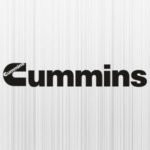 ISB4.5 CM2150
ISB4.5 CM2150 All Engines (2017 Emissions)
All Engines (2017 Emissions) PACCAR
PACCAR

![JCB Service Master 4 Diagnostic Software is a powerful tool for professionals in the automotive and heavy machinery industry. With its easy-to-use interface, it provides a wide range of diagnostic and calibration functions for JCB machinery and engines. From construction to agricultural equipment, this software supports various JCB models, ensuring optimal performance and safety. It also offers programming capabilities and a language editing tool. Maximize your diagnostic efficiency and reliability with JCB Service Master 4 v21.4.2 [05.2021] from ecmtrucks.com.](https://ecmtrucks.com/wp-content/uploads/2024/01/JCB-servicemaster-4-300x243.webp)
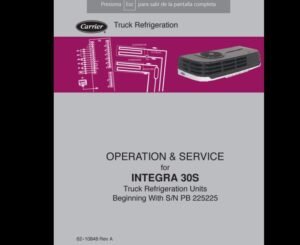
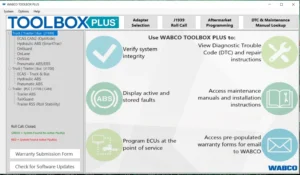
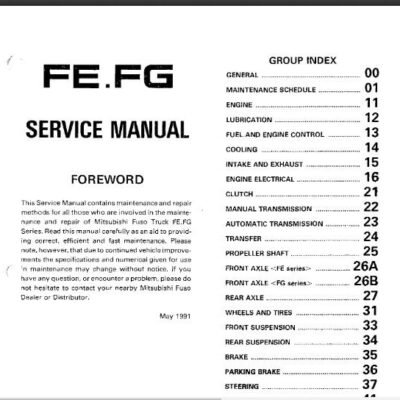
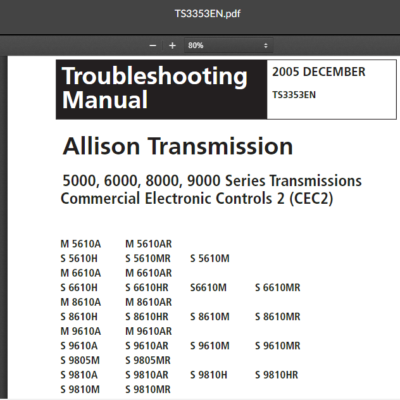




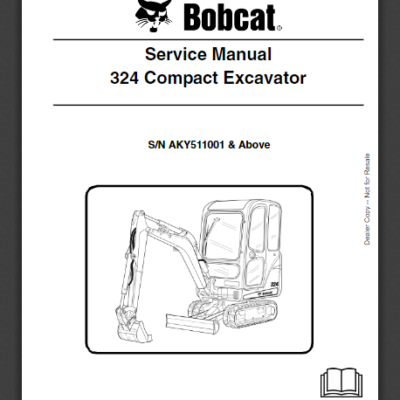
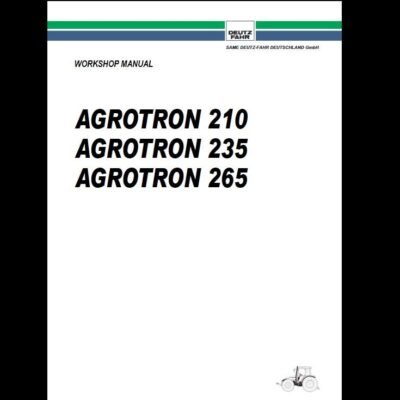
![DOOSAN EDIA-AS FULL STANDARD 2.4.0.7 [2023.06] is an essential diagnostic software designed for Doosan machinery. Released in June 2023, it enhances maintenance and troubleshooting processes for heavy equipment. This version offers improved functionality, user-friendly features, and unlimited licensing. It also provides remote installation support via TeamViewer, ensuring users can maximize their investment effectively.](https://ecmtrucks.com/wp-content/uploads/2024/08/11-400x400.png)

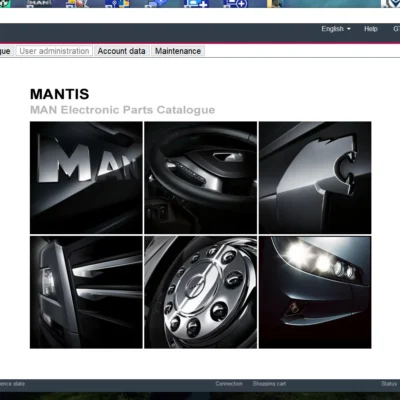
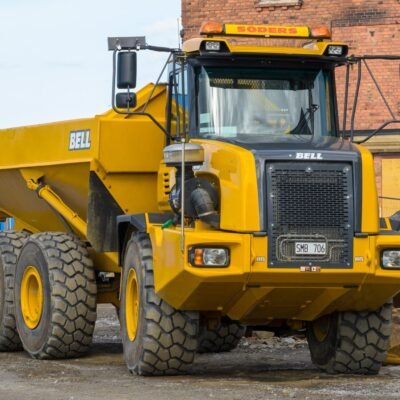
Reviews
Clear filtersThere are no reviews yet.